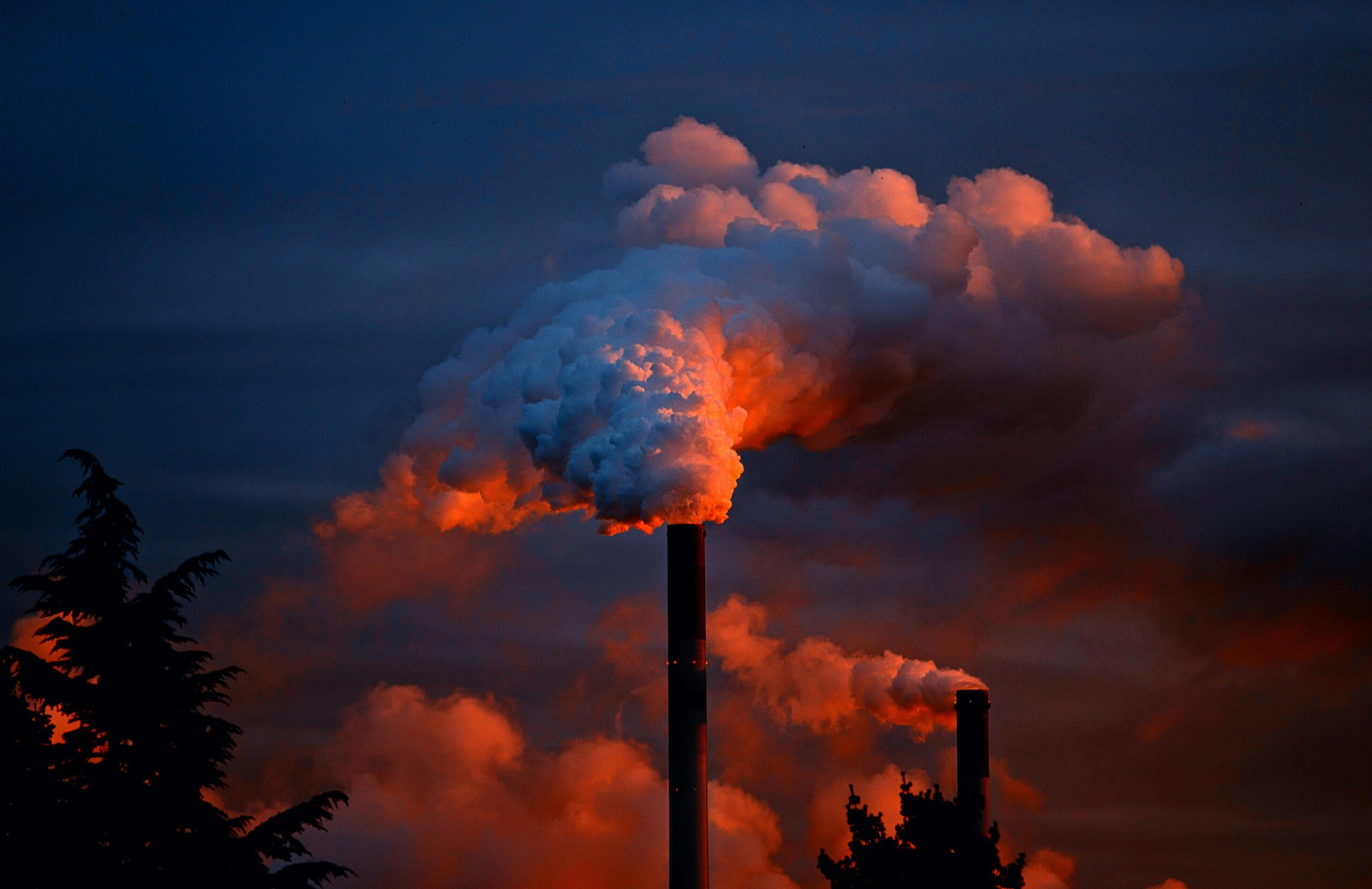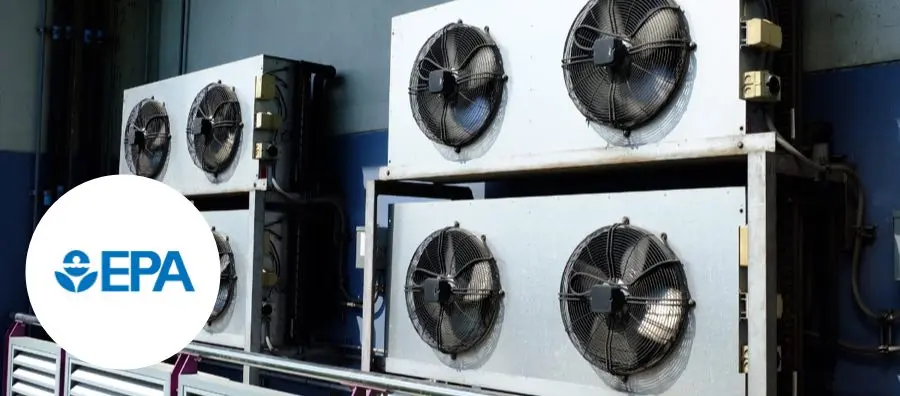
Trakref
US GHG Inventory Updates

The US GHG Emissions and Sinks Report for the US GHG Inventory provides the official annual United States government data on greenhouse gas emissions and carbon storage. Greenhouse gas emissions and greenhouse gases in general, including carbon dioxide, sulfur hexafluoride, nitrous oxide, natural gas, gases from fossil fuel combustion and petroleum systems, refrigeration, and electric power sector emissions, all impact the environment, and this report attempts to show the total greenhouse gas emissions in the US.
The report is an interagency effort led by the EPA Office of Atmospheric Programs. Using the United Nations Framework Convention from the IPCC, it looks at energy, industrial process and product use emissions, agriculture and land use, land use change, and forestry.
While the information is available on official websites and gov websites, The EPA, an official government organization, recently held a webinar to talk more about the inventory, energy consumption, and where renewable energy comes in. We sat in and have the latest summary on their emission estimates and continued fight against climate change, greenhouse gas emissions, and fossil fuels. We also have identified some areas where the environmental protection agency could improve, as well as what HVAC/R pros should pay attention to.
This Year’s Improvements to Greenhouse Gas Emissions
The inventory is constantly improving as there are changes in transportation emissions, electricity demand, and renewable fuels, and what people are looking for overall in the report.
IPCC Good Practices
One of the major updates to the inventory is the use of the IPCC good practices when looking at all elements of the inventory, from land management practices to industrial processes. These include:
- Transparency – ensuring reviewers and the public understand how the estimates were compiled.
- Accuracy – incorporating updated or new data and reflecting new methods based on the latest science.
- Consistency – tracking emissions and sinks using consistent methods and data.
- Completeness – covering all anthropogenic sources and sinks for which methods are available.
- Comparability – ensuring estimates are organized and comparable,
Focusing On New Sources of Greenhouse Gases
Another improvement to the inventory is a new focus on key sources and sinks that influence greenhouse gasses. These include:
- Oil and gas systems – this now includes post meter CH4 emissions and large well blowout events
- Flooded Lands – this now includes CH4 emissions
- Coal Mining – fugitive carbon dioxide emissions are now included
- Ozone-depleting substances substitutes – this information is now compared to atmospheric measurements
Refined Methods for Total Greenhouse Gas Emissions
The inventory has also refined methods for the following areas:
- Forest lands – there were updates to the methods for estimating biomass burning, which resulted in a 1% increase in average emissions over the 2014-2018 interval
- Manure – a new extended CEFM model is now applied, and there was a transition to country-specific input for some parameters. There was also an updated livestock population distribution methodology.
- Oil and gas systems – there is an updated approach for reductions
- Waste incineration – a refined method is being used that incorporates GHGRP data
- Gas production – GHGRP data is also being used here for a refined method
Key Findings and Trends
While the report is long and technical, in looking through it, there are a few key findings to walk away with.
Decrease in Carbon Due to COVID-19
Stay-at-home regulations had an unintended impact on GHG inventories and how we reduce emissions. With less people commuting and more people refraining from driving to places that weren’t necessary, there was a decrease in the amount of carbon being used overall.
This affected almost every element of the inventory, from the land sector to industrial processes to wastewater treatment to manure management.
Net Emissions Decreased
Going along with the decrease in carbon, documents show that net emissions decreased by 11% since 2019. While some of this can be attributed to COVID-19, others can be attributed to the EPA and other government and private work to address climate change.
Fossil Fuels Are Driving Carbon Dioxide
It comes as no surprise that fossil fuels are still a driving source of the carbon dioxide in the emissions inventory. There will need to be continued pressure to decrease their use and reduce the total emissions that we see from them.
Industrial Process and Product Use Emissions Findings
The most important part of the report for the HVAC/R industry is Industrial Process and Product Use (IPPU). It looks at emissions from industry, including refrigeration and other cooling processes. It includes 26 process use categories including minerals, metals, chemicals, other manufacturing use, and substitutions of ozone depleting substances.
According to the report, IPPU generated emissions of 376 million metric tons of carbon dioxide equivalent. This is 6.3% of total US GHG emissions. Despite changes in other parts of the economy due to COVID-19, IPPU stayed flat compared to 2019 data.
Recent Improvements to the Data
Like other sections of the report, there has also been improvements to the data used for IPPU section. First of all, there is the use of GHGRP (Greenhouse Gas Reporting) data. For the first time, there is also the incorporation of emissions from low voltage anode effects during aluminum production. Some other improvements came about from more data availability for this section, including the use of data considered confidential business information and other sensitive information. Time series consistency also came into play.
Breakdown of Emissions
For IPPU, the breakdown of greenhouse gas emissions are as follows:
- CO2 – 44%
- PFCS, NF, CH4 – 1%
- SF6 – 1%
- N20 – 6%
- HFCs – 48%
An Improvement On the Past
With a new report coming out consistently on the GHG Inventory, Trakref has always kept an eye on the latest updates and what they mean for the HVAC/R industry.
As always, we’re happy to see that the EPA is taking emissions from refrigeration and HVAC/R into account. We know from other research that what we emit into the atmosphere is a leading cause of climate change, and it’s good to see an official government organization taking this seriously and including our emissions in their overall inventory.
This is especially seen in the fact that F-gas reporting has increased by 3%. While we still think this is underreporting, it’s good to see a number closer to what we believe is accurate.
It is also encouraging to see the EPA include both fugitive emissions and HFCs. These were not always accounted for in the past, but we always knew they were important to have a full understanding of our industry’s impact on total greenhouse gas emissions. Seeing them represented this year gives us more confidence in the report.
We’re also happy that IPCC AR5 factors created with guidance from an intergovernmental panel are being used. These are the most up-to-date factors, and provide a better understanding of what is being emitted into the atmosphere.
Still Room for Improvement
While we have seen much improvement over the years, we still believe that there is room for improvement in how the report is compiled.
HCFS and non-ODS material
One area where we’d like to see more information is for HCFCs and non-ODS material. Often, these are glossed over because we think they have been phased out or that they are obsolete. This is not entirely true, though. Even though many have been phased out, they are still being used and should be counted as greenhouse gas emissions.
Without counting these emissions, the amount of refrigerant being reported is not actually conclusive of the entire industry. The amount is actually being underreported, so numbers in the report should still be taken with a grain of salt. We know that refrigerant emissions are much higher than what is actually written.
More Attention to Detail
To a non-expert, the numbers in the report may seem detailed, but for those of us working more closely with the numbers every day, we know that what is in the report is still at the macro level.
For calculations including emissions rates in the environment and atmospheric calculations, the report uses macro numbers. This ignores the actual emissions numbers that are occurring, and similar to the exclusion of HCFCs and non-ODS material, this makes the numbers less accurate.
The report also focuses more on what happened in the past than what we can look forward to in the future. While it’s important to have a good grasp on what has already happened, we believe we need to also look at what is currently happening to understand where we need to go. Without that knowledge, the report is only so effective and helpful to making important changes.
What This Means for HVAC/R Pros
With all this information, though, what is the actual effect on HVAC/R pros? How can we take this data and incorporate it into our own day-to-day practices to fight climate change?
Properly Track Refrigerants
First of all, this data shows the importance of properly tracking refrigerants. Without knowing what we are putting into the atmosphere, we can’t take action to decrease our impact. Companies need to move away from spreadsheets and invoices and look toward digital tools that will help them measure impact of carbon and understand how to curb the amount of greenhouse gasses they are putting into the air. Software like Trakref allows you to do this with thorough reports and intuitive workflows.
Acknowledge our Emissions
We know that the EPA’s report only represents a fraction of what is actually being emitted into the atmosphere. That means we’re releasing more refrigerant into the air than even government bodies are acknowledging. This is causing more warming of our planet.
In order to move forward, we need to acknowledge the problem – not run away from it. When creating reports, whether internally or for external stakeholders, HVAC/R pros and the people we work with must report accurately. This is the only way we will truly be able to measure our impact and know where to go.
Move Away From Greenwashing
When writing ESG reports or reporting to stakeholders, it can be tempting to paint a company in the best light possible when it comes to sustainability. However, when we don’t have accurate numbers, we can’t move toward a more sustainable future.
HVAC/R pros must advocate for putting proper sustainability goals in place. Software like Trakref can help with this. We have a Scope 1 emissions module that allows you to track actual emissions against goals. This is where the industry needs to be going to ensure that not only are our reports accurate, but that we are moving toward a more sustainable future.
We’re In a Good Place – But We Can Improve
Ultimately, it’s good that the EPA is taking emissions seriously through their inventory. We’re also happy to see refrigerants as part of the discussion. While often not talked about as much as fossil fuels or other sources of warming, we know that they are a critical part of climate change.
We’re in a good place in terms of reporting, but there is still more that can be done. We encourage the EPA to pay more attention to HCFCs and non-ozone depleting substances and move away from macro numbers.
It isn’t enough to believe that we’re doing better – we have to continue to act, both on the government and industry sides.



